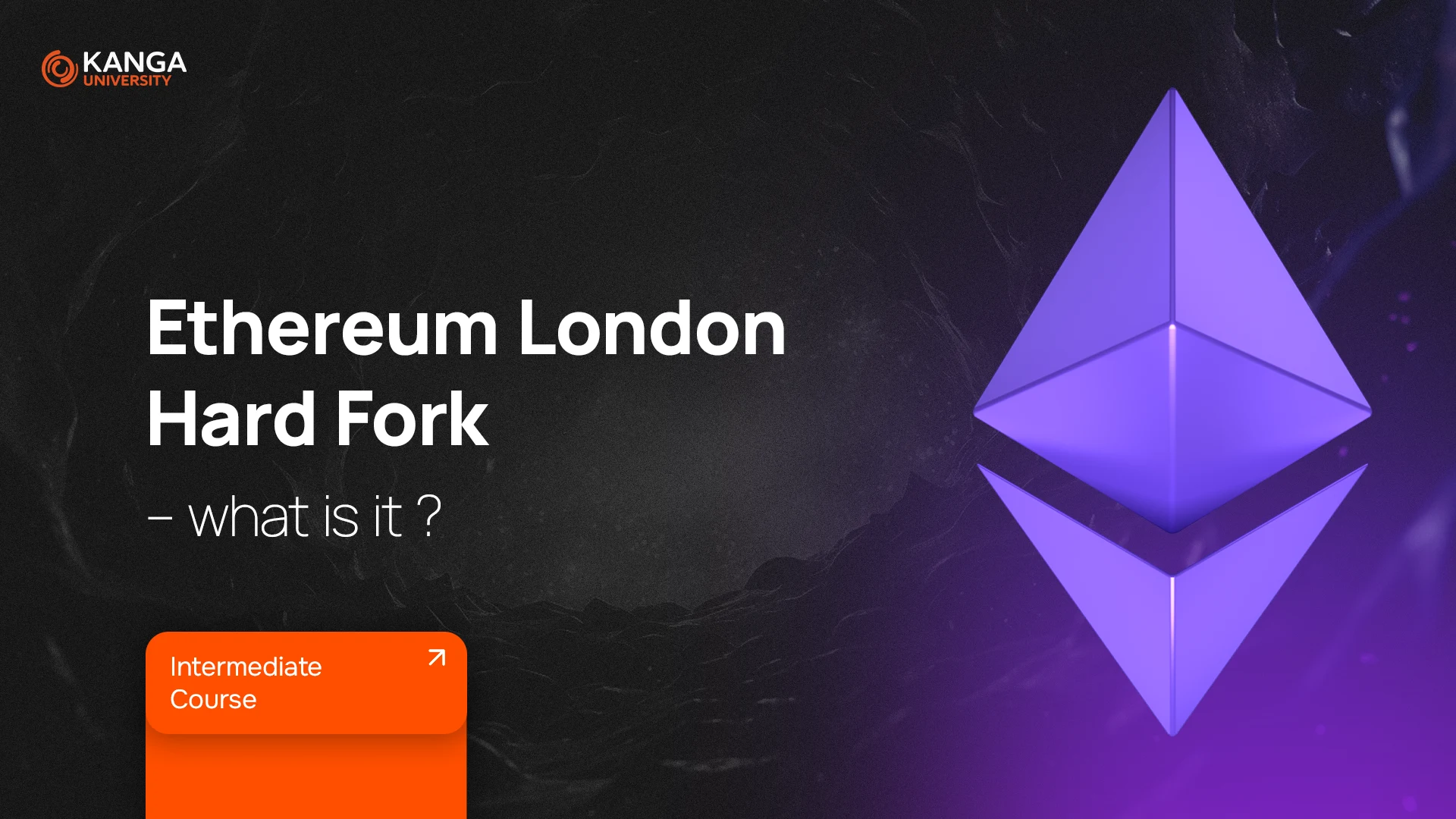
Ethereum is one of the most advanced blockchain platforms, widely used for decentralized applications (dApps) and DeFi projects. However, for years, it struggled with low scalability and high transaction fees.
The London Hard Fork was introduced to address these issues, aiming to increase Ethereum’s accessibility to users and reduce transaction costs.
One of the most impactful effects of this update was the introduction of the ETH burning mechanism, which permanently removes a portion of transaction fees from circulation, reducing the total supply of ETH. This made Ethereum partially deflationary, distinguishing it from other cryptocurrencies.
New Fee Model – EIP-1559
The most significant change introduced by the London Hard Fork was EIP-1559, which reformed the way transaction fees are calculated.
How Does the New Fee System Work?
- Every transaction requires users to pay a base fee, which is automatically burned
- Users can optionally include a priority fee (tip) to speed up their transaction confirmation
- This new model makes transaction fees more predictable and stable
The updated fee structure provided greater transparency in costs, while the burning mechanism helped reduce Ethereum’s inflation rate, making it more attractive to investors.
BASEFEE OPCODE – EIP-3198
As part of the update, BASEFEE OPCODE was introduced, allowing smart contracts to access the current base fee directly.
This change enables dApps to manage gas costs more accurately, improving the efficiency of DeFi applications.
Changes to Gas Refunds – EIP-3529
Before the update, Ethereum allowed users to receive gas refunds under certain conditions.
EIP-3529 reduced these refunds from 50% to 20%, helping to optimize block size management and improve network efficiency.
New Smart Contract Rules – EIP-3541
After the London update, new smart contracts that begin with byte 0xEF were rejected.
This did not affect existing contracts but paved the way for future improvements to the Ethereum Virtual Machine (EVM).
Delay of the Difficulty Bomb – EIP-3554
The difficulty bomb (“ice age”) is a mechanism designed to gradually increase mining difficulty, eventually making PoW mining unprofitable and forcing the transition to Proof-of-Stake.
Since PoS was not yet ready for full deployment, EIP-3554 delayed the activation of the difficulty bomb, allowing miners to continue mining ETH until the new system was fully implemented.
Scalability Improvements
Before the London update, Ethereum could process only around 30 transactions per second, which was insufficient given the growing number of users.
With the changes in the transaction fee model and optimized block structure, Ethereum became more efficient, setting the stage for future enhancements such as sharding and full Proof-of-Stake integration.
Summary – What Did the London Hard Fork Change?
- Reformed the fee model, introducing the ETH burning mechanism (EIP-1559)
- Reduced fee volatility, making transaction costs more predictable
- Added the BASEFEE OPCODE, improving smart contract efficiency
- Reduced gas fee refunds from 50% to 20%, improving network stability
- Restricted new smart contracts from using byte 0xEF, allowing future EVM upgrades
- Delayed the difficulty bomb, giving miners more time before PoS implementation
Since the London Hard Fork was implemented, Ethereum has burned ETH worth over a billion dollars, making it a more deflationary cryptocurrency.
Discover new projects with Kanga Exchange